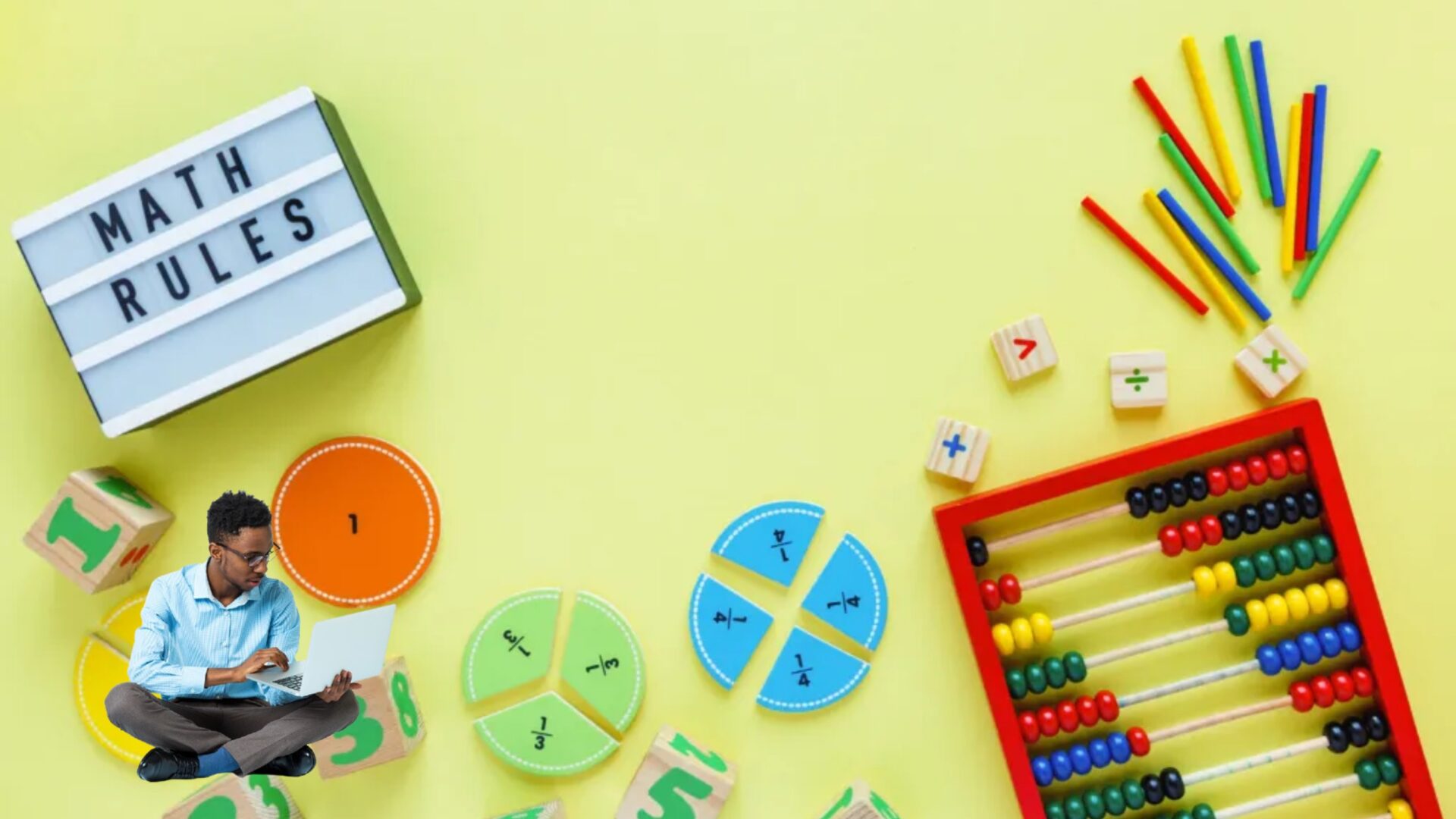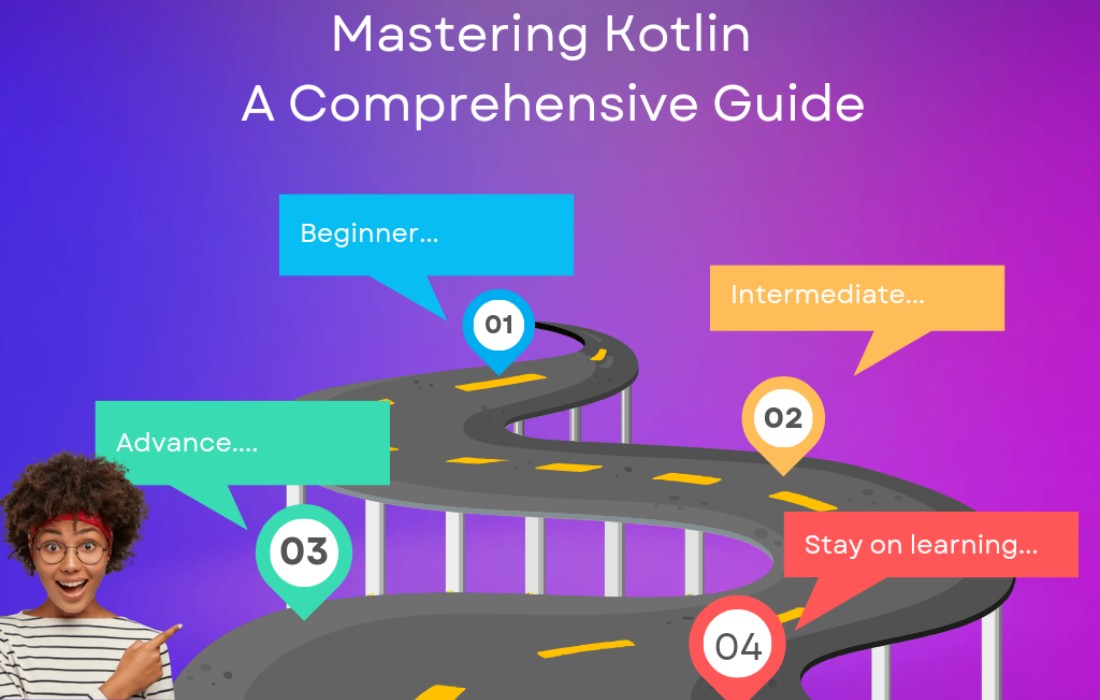Kotlin provides a range of scope functions that help manage the scope of variables and streamline coding with lambda expressions. These scope functions are essential for working with nullable types, setting object properties, and ensuring efficient resource management. Here’s a breakdown of six important scope functions in Kotlin, explaining when to use each, and how they differ from each other:
1. let()
The let() function is most often used to deal with nullable types. It allows you to perform operations on a nullable object only when it’s not null, which is especially helpful when you want to avoid checking for null explicitly.
Key Features of let():
- Is called on an object.
- Passes the object as a parameter (
it) to the lambda. - Returns the result of the last expression in the lambda.
- Perfect for null safety, especially with the safe call operator (
?.).
Example:
In this example, let() is called on a nullable value, and the block of code will only run if the value isn’t null. If the value is null, the let() block is skipped.
2. apply()
The apply() function is great for modifying an object. It allows you to avoid repeating references to the object inside the lambda expression, making the code more concise.
Key Features of apply():
- Is called on an object.
- Makes the object the “current” object (
this) inside the lambda expression. - Returns the object itself, making it useful for object configuration.
Example:
In this case, you can call several methods on the sometime object without needing to reference sometime repeatedly. It’s a cleaner and more concise way to set properties on an object.
3. run()
run() combines features of both let() and apply(). It is called on an object like apply(), but unlike apply(), it returns the result of the last statement in the lambda instead of the object itself.
Key Features of run():
- Is called on an object.
- Makes the object the “current” object (
this) inside the lambda expression. - Returns the result of the last expression in the lambda.
Example:
run() is useful when you want to perform some operations on an object but need to return a different value (like a calculation or transformation) rather than the object itself.
4. with()
with() is similar to run(), with one key difference: you pass the object as a parameter rather than calling with() on the object itself. This makes it less flexible when working with nullable types compared to run().
Key Features of with():
- Takes an object as a parameter.
- Makes the object the “current” object (
this) inside the lambda expression. - Returns the result of the last expression in the lambda.
Example:
5. also()
also() is a combination of apply() and let(). Like let(), it passes the object as a parameter to the lambda expression, but like apply(), it returns the object itself. It’s helpful for performing actions on an object without modifying it.
Key Features of also():
- Is called on an object.
- Passes the object as a parameter (
it) to the lambda. - Returns the object itself, allowing for further method chaining.
Example:
Here, also() is used to set properties on the object, but unlike apply(), you can still refer to the object as it.
6. use()
The use() function is specifically designed for working with resources that implement the Closeable interface. It ensures that the resource is properly closed, even if an exception occurs during the block execution.
Key Features of use():
- Is called on a
Closeableobject. - Passes the object as a parameter to the lambda expression.
- Returns the result of the last expression in the lambda.
- Ensures the
close()method is called on theCloseableobject after the lambda finishes execution.
Example:
In this case, use() guarantees that the inputStream will be closed after the block is executed, even if an exception occurs inside the lambda.
Summary of Kotlin Scope Functions
Each of these functions plays a unique role in simplifying code and making it more readable. Whether you’re managing nullability, configuring objects, or working with resources, understanding when to use each of these functions will make your Kotlin development much smoother and more efficient.












